Legends of Marketing Series by Gary Hoover
Launching a Product, Changing the World: 1964
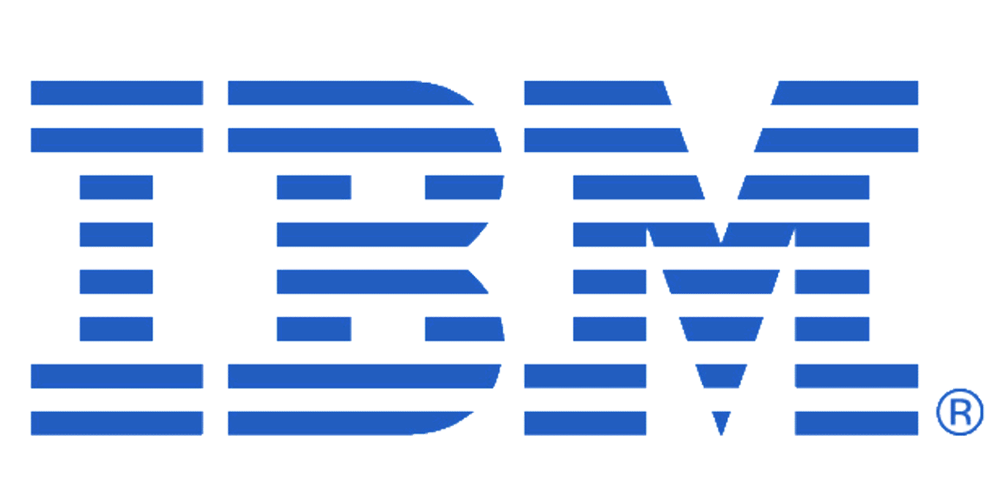
It is April 7, 1964. One hundred thousand businesspeople gather in 165 the company’s offices across America to hear the news. That morning at 8:30 AM, a chartered train fills up with two hundred reporters at New York City’s Grand Central Terminal. About ninety minutes and seventy-two miles later, they arrive up the Hudson River in Poughkeepsie, New York. No one knows what they will hear, but they all know it is something worth learning about or reporting to their readers.
Arriving in Poughkeepsie, the Chief Executive Officer of International Business Machines (known far and wide as IBM), Thomas Watson, Jr., greets them in a warehouse. Surrounding him are forty-four different mainframe computer models and peripherals. The reporters and the one hundred thousand business people are then introduced to System/360, the most revolutionary product in computer history up to that time.
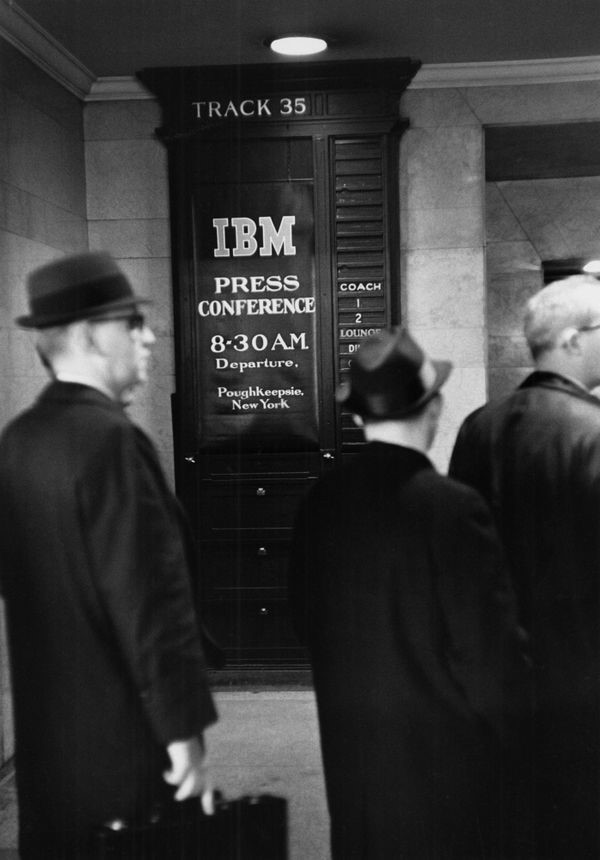
Over the preceding four years, IBM has agonized over the decision to junk their entire successful line of business computers and replace it with one new product line. A great deal was at stake: in the prior year of 1963, IBM had posted after-tax profits of $290 million on sales of over $2 billion, ranking them 18th in sales and 8th in profits among Fortune Magazine’s list of the 500 largest American industrial companies. Excluding IBM’s sales of other office equipment like typewriters, the company’s “data processing” revenues (software and hardware) of $1.2 billion were nine times those of its nearest competitor. Just nine years earlier, when Fortune began its famous list, IBM had ranked 61st in sales ($461 million) and 24th in profits ($46 million). Why tinker with success?
Nevertheless, under the leadership of the ever-ambitious Watson, Jr., the company pressed ahead with one of the biggest bets in American corporate history. In the four years leading up to that fateful day in April of 1964, the company spent $5 billion on the development of System/360 (the equivalent of over $40 billion today). Such audacious courage was only rivalled by Boeing’s introduction a few years earlier of the 707, the first commercially successful passenger jet (the British had tried a few years earlier with their first Comet, but that airplane had the unfortunate tendency to fall out of the sky in mid-flight). Such ventures are referred to as “betting the whole company.”
Adding to the risk, rather than introducing the System/360 model by model, Watson chose to introduce the entire line all at once. Technical advances over existing mainframes included the use of solid logic technology, the capability to adapt to a wide range of software and applications, the ability to respond to inquiries from remote locations, and much faster memory. Core memory, what we would call RAM today, ranged from 8k to an amazing 1024k, 1/8000th of that in the older laptop on which I type this post. Perhaps most striking, and most unusual for a technology company of any era, Watson believed in great design, and the System/360 looked like no other machine on the market.
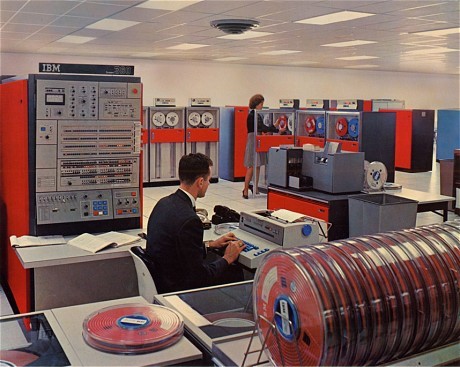
Watson, Jr., had been well schooled by his father, unsurprisingly named Thomas Watson, Sr. Before being asked to lead the company that became IBM in 1914, the elder Watson was the sales chief for the National Cash Register Company (NCR or “the Cash”) of Dayton, Ohio. At the Cash, Watson had learned from the John Henry Patterson, the father of modern salesmanship, the inventor of many of the techniques and policies still in use today. Watson leased rather than sold IBM’s punch card machines, providing consistent revenues and profits even through the great depression of the 1930s. When competitor Remington Rand pioneered the mainframe computer in the late 1940s and early 1950s with its UNIVAC machine, IBM leapt into dominance by focusing on the customer rather than on technology alone. While the numerous competitors focused on a faster Central Processing Unit (CPU), Watson’s customers told him they’d rather have a faster printer. He delivered on it, and IBM soon generated more sales than all its competitors combined. The company’s “Future Demands” department was told to discover “what the customer is going to ask for next.”
While the reporters and potential customers were unsure of what would unfold in Poughkeepsie on April 7, 1964, the company was even less sure. Customers would have to junk their old systems, an ideal time to switch suppliers to giant competitors like NCR, Remington, RCA, Honeywell, and GE (which was twice as big a company as IBM). Since the new machines would not ship until a year after the announcement, in the spring of 1965, customers could delay any decision on the new system or even desert IBM. The new systems were not cheap, with monthly rentals ranging from $2,700 for the most basic system to $115,000 for a large multisystem configuration, equivalent to $22,000 to $930,000 per month today.
Thomas Watson, Jr’s big bet paid off. In the next four weeks, one thousand orders were received. Over the next three months, the orders totaled $1.2 billion, equal to the company’s entire data processing revenues in 1963. In 1965, IBM was up to 9th in sales on the Fortune 500, and 5th in profits, outranked only by General Motors, Standard Oil of New Jersey (later renamed Exxon), Ford Motor, and Texaco. At the end of five years, over 33,000 units had been delivered. For decades, IBM continued as the world’s largest software and hardware company, with a market share of over two-thirds, an exceptional achievement in any industry.
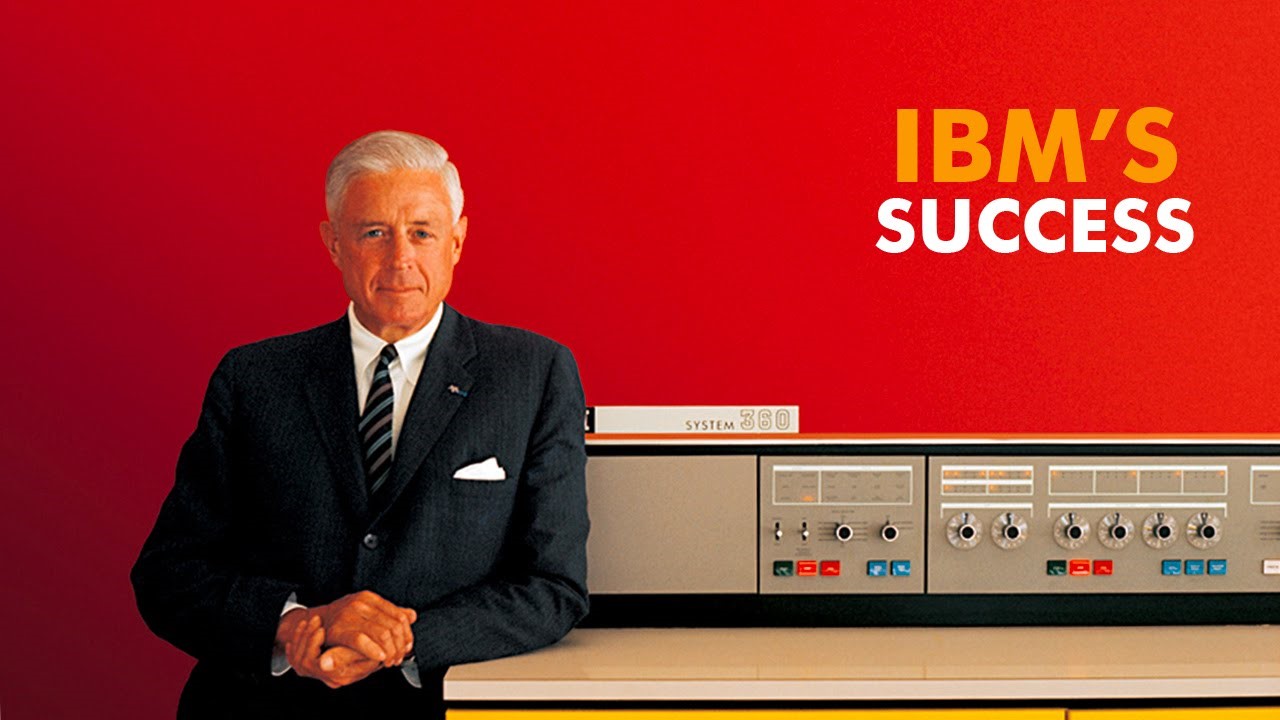
Many years later, another computer innovator named Steve Jobs came along who also believed in the importance of design, putting the user first, and making a big splash with product introductions. His company went on to become the first enterprise on earth to be valued at over $1 trillion.
Only you and your colleagues can accurately extract the best lessons from this story for your company and its products and services. Questions worth asking include:
- Are you customer-first or technology-first?
- Does good design matter?
- How can you make a splash with new products and services? Are they worth making a splash about?
- Would you have the courage to bet the company if the rewards were high enough? Would your investors?
- Has your industry or industry segment ever had a product as innovative as the System/360? If not, what might it be?
 Gary Hoover is a serial entrepreneur. He and his friends founded of the first book superstore chain Bookstop (purchased by Barnes & Noble) and the business information company that became Hoovers.com (bought by Dun & Bradstreet). Gary served as the first Entrepreneur-in-Residence at the University of Texas at Austin’s McCombs School of Business. He has been a business enthusiast and historian since he began subscribing to Fortune Magazine at the age of 12, in 1963. His books, posts, and videos can be found online, especially at www.hooversworld.com. He lives in Flatonia, Texas, with his 57,000-book personal library.
Gary Hoover is a serial entrepreneur. He and his friends founded of the first book superstore chain Bookstop (purchased by Barnes & Noble) and the business information company that became Hoovers.com (bought by Dun & Bradstreet). Gary served as the first Entrepreneur-in-Residence at the University of Texas at Austin’s McCombs School of Business. He has been a business enthusiast and historian since he began subscribing to Fortune Magazine at the age of 12, in 1963. His books, posts, and videos can be found online, especially at www.hooversworld.com. He lives in Flatonia, Texas, with his 57,000-book personal library.
To get updated information about the team at Apogee Results, please follow us on your favorite social media channels.
